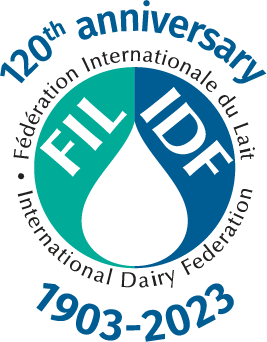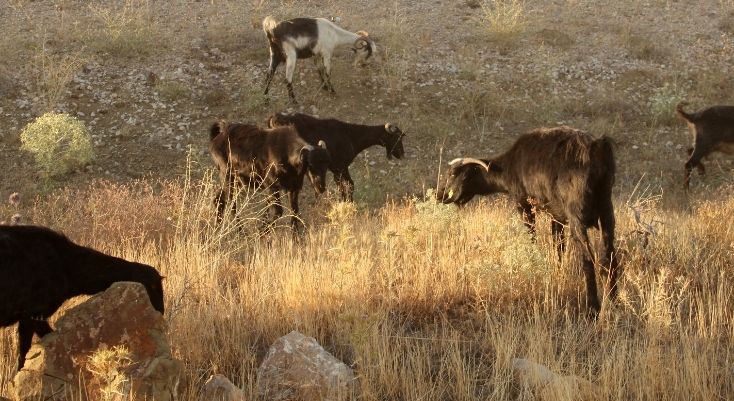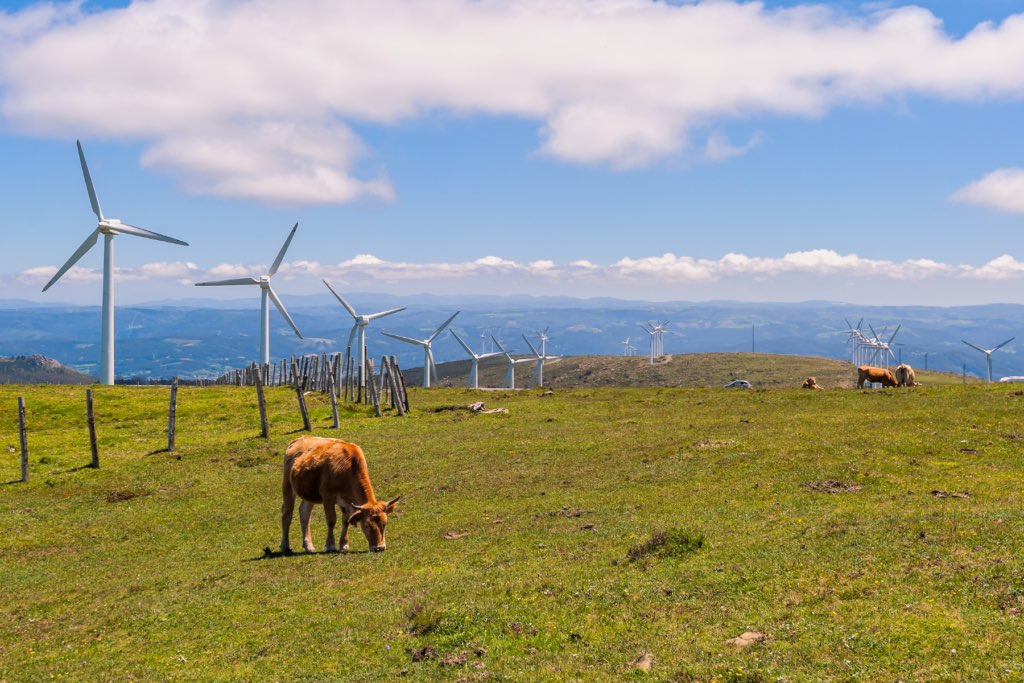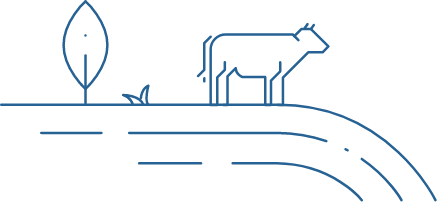Over the past few months, discussions on how to develop sustainable food systems have been in the spotlight, and was one of the key topics at the UN Environment Assembly in Nairobi which I had the pleasure to attend.
Nourishing (not only feeding with empty food) an increasing world population with efficient use of the available resources is the challenge that we must address collectively. I am convinced, like many others, that the only way to meet that challenge and to fulfill the UN Sustainable Development Goals is to be inclusive of nutrient-dense food, various sustainable systems of farming, and a broad range of innovative technologies.
Like any industry, the dairy sector recognises its environmental footprint. As the global demand for milk and dairy food increases, overall greenhouse gas emissions have also increased, but to a lesser degree than the production. The dairy sector is proactive and has made solid commitments towards reducing emissions, at national level or throught the Dairy Declaration of Rotterdam. We have also made great progress in increasing efficiency.
As the dairy sector forges ahead with improvements, it’s important to remember the important role that dairy animals play in a sustainable food system.
Dairy animals enhance health, livelihoods and the environment
Most people already know that milk and dairy products provide essential nutrients and are an important source of high-quality protein, and fats, calcium, iodine, and many other vitamins and minerals – but many do not know about the other major contributions of dairy animals to livelihoods and the environment.
Livestock contribute to the livelihoods and nutritional security of millions of farmers (430 million out of 729 million people in rural and marginal areas are livestock farmers). Dairy animals also increase the financial capital of families, provide a mechanism for savings, and serve as liquid assets, or as credit collateral for securing livelihood goals.
Dairying can also play an important role in the empowerment of women: of the 133 million farms globally, 37 million have female leadership. In developing countries, dairying has the potential to increase educational attainment for women and to reduce gender inequalities.
Grazing of dairy animals also helps to shape the ecosystem, as ruminants may play similar role of wild herbivores who eat vegetation and maintain the landscape. They also manure-fertilize cropland and grassland and improve biodiversity and topsoil formation. Dairy cattle producers can help preserve biodiversity through control of feral animals and weeds and managing the risk of damaging wildfires. In Europe, extensive livestock grazing is key to maintaining permanent grassland habitats with high biodiversity levels. In African savannahs, pastoralism is often compatible with wildlife and can enrich landscapes and their biodiversity.
The dairy sector is reducing carbon emissions intensity
The dairy sector has made great strides in reducing emissions per kg of milk – what’s called greenhouse gas emissions intensity. According to a recent Food and Agriculture Organization (FAO) report, between 2005 and 2015, emissions intensity from the dairy sector declined by almost 11 percent. Over that same period, dairy production increased by 30 percent. In other words, the dairy sector is providing more milk and dairy products from fewer animals.
There are several practices that farmers are implementing to reduce emissions intensity such as using innovative feeding techniques, switching from raw to composted manures, spreading fertilizer at the optimum time and with the best technology, reducing fossil fuel energy use at the farm, and providing the highest level of animal health and husbandry, to name a few.
In France, for instance, by implementing many of the above practices, farmers have been able to decrease the number of dairy cows by 6% while increasing milk production by 4.6%. Meanwhile its greenhouse gas intensity went down by almost 15%.
One should know that greenhouse gas intensity is different from overall greenhouse gas emissions. Because the number of dairy animals still increased worldwide, primarily in developing countries, global dairy sector greenhouse gas emissions went up by 18 percent. But by continuing to focus on reducing emissions intensity, the goal is to keep the number of animals worldwide consistent or to reduce them, while producing the same amount of milk. This will have the effect of decreasing overall emissions at the same time. To use the example of France again, by implementing best practices, the country’s dairy sector overall greenhouse gas emissions (CO2 equivalent) decreased by almost 8%.
Scientists have found livestock to generate 14.5% of the global anthropogenic greenhouse gas (GHG) emissions. The dairy sector accounts for only 4% of all global anthropogenic GHG emissions, according to FAO.
However, it is important to note that these estimations are likely too high because they do not take into account the fact that methane has a short lifespan and disappears much faster from the atmosphere than CO2. But these estimations assume that methane stays in the atmosphere as long as CO2, which provides the wrong impression.
Even if you took dairy animals out of the picture, it would have very little impact on global GHG emissions. Scientific studies have shown that if every person cut out meat and dairy from their diets it would only achieve a 2.6% reduction in greenhouse gas emissions; and yet, the nutritional loss and the effects of having to spend more on more expensive diets could counteract the benefits. Fossil fuels, as many climate scientists have pointed out, are still the main contributor.
Dairy uses resources efficiently
One fourth of global agricultural area consists of non-convertible pastures and rangelands also referred to as “marginal land”. If we were to exclude livestock from food production, we would leave marginal land that can only be dedicated to ruminant grazing unexploited.
Additionally, as demonstrated by an FAO expert, 86% of livestock feed is not suitable for human consumption, consisting of forage as well as crop residues and by-products that otherwise would represent an environmental burden. For ruminants, only 5% of the feed directly competes with human food (mostly grain and some soybean meal).
Cattle therefore contribute to global food security as they need only 0.6 kg of human-edible feed protein to produce 1 kg of animal protein, which has a higher biological value and makes them net contributors to global human-edible protein production.
One should note that 30% of the global food produced is wasted and this must be addressed. When it comes to food waste, dairy represents 8% of the food wasted by calories, and the larger share comes from the consumer’s side. However, the dairy sector is continuing to find innovative solutions to reduce food waste – to find out more, read this blog by the Chair of the IDF Standing Committee on Environment on “How the Dairy Sector is Tackling Food Waste.” This topic, among many other sustainability issues, will be addressed at the IDF World Dairy Summit 2019 in September in Istanbul.
Crucial role
Dairy animals enhance health, livelihoods and the environment and use resources efficiently. While the dairy sector continues its commitment to reducing its environmental footprint and greenhouse gas emissions, it is important not to lose sight of the crucial role that dairy animals play in creating a sustainable food system and ensuring that people are nourished by truly healthy and nutritious foods.














